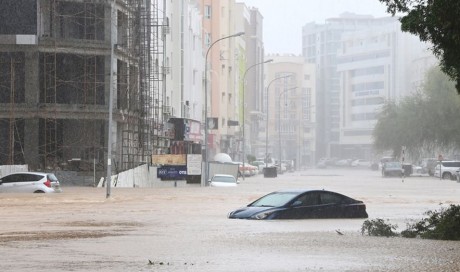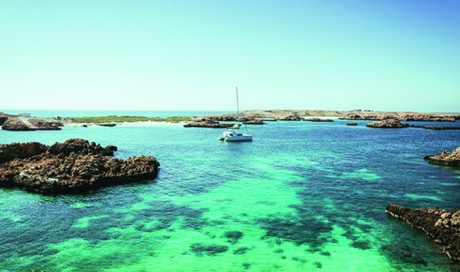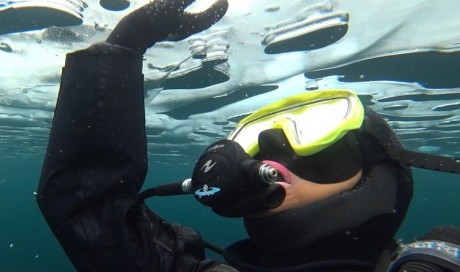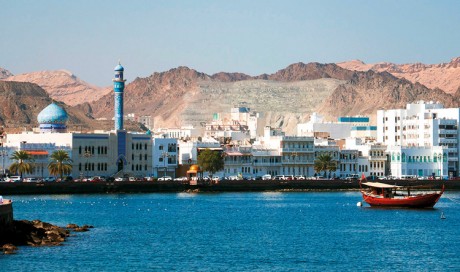The team deployed two Seaglider robots in the Gulf for eight months in order to build an underwater picture of oxygen levels. The area was previously inaccessible to researchers due to piracy and geopolitical tensions.
Communicating by satellite, the gliders, which are the size of a small human diver, reached depths of up to 1,000 metres and covered an area spanning thousands of miles.
"They are a disaster waiting to happen - made worse by climate change, as warmer waters hold less oxygen, and by fertiliser and sewage running off the land into the seas,” Dr Queste said.
"The Arabian Sea is the largest and thickest dead zone in the world. But until now, no-one really knew how bad the situation was because piracy and conflicts in the area have made it too dangerous to collect data.
"We barely have any data collected for almost half a century because of how difficult it is to send ships there. Our research shows that the situation is actually worse than feared.”
Also known as “oxygen minimum zones”, dead zones can naturally occur between 200 and 800 metres deep in some parts of the world. But the team found fish in the Gulf of Oman were being “squeezed” into a thin layer near the surface of the water.
Computer simulations showed the problem is set to get worse, with further oxygen decreases and expanding dead zones expected over the next century.
The study is published in collaboration with Oman's Sultan Qaboos University in the Geophysical Research Letter.
Share This Post














